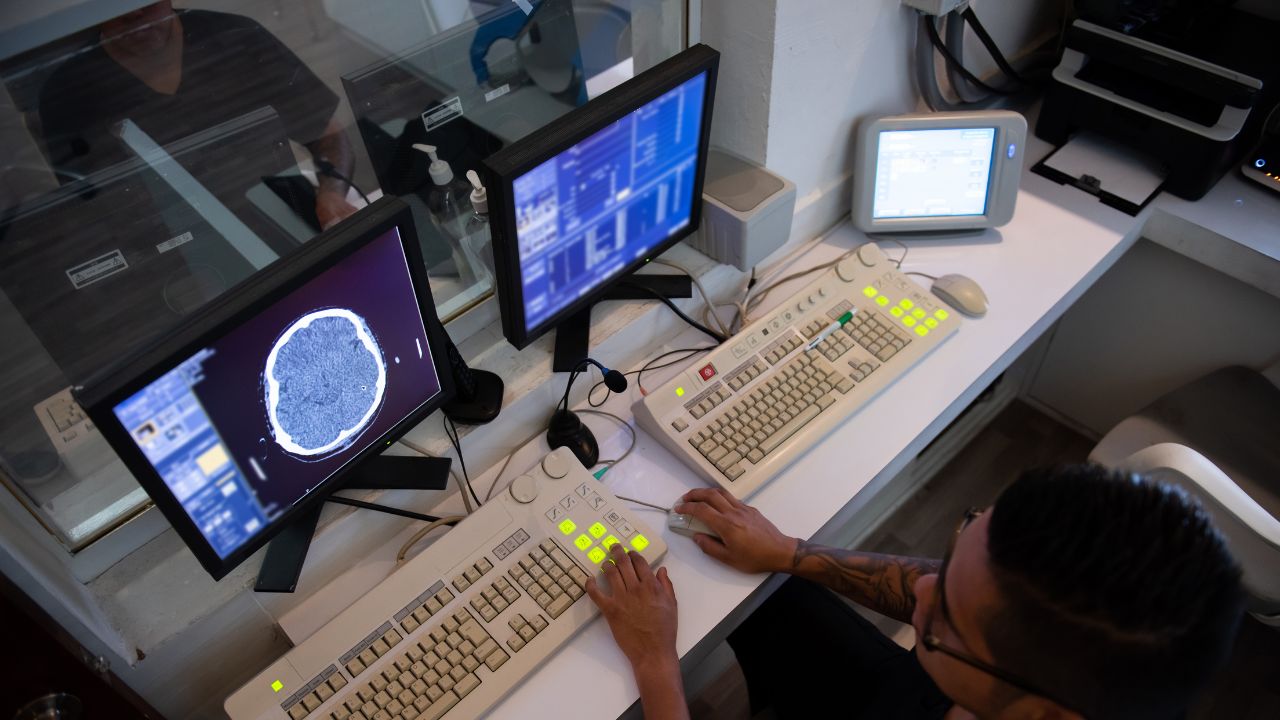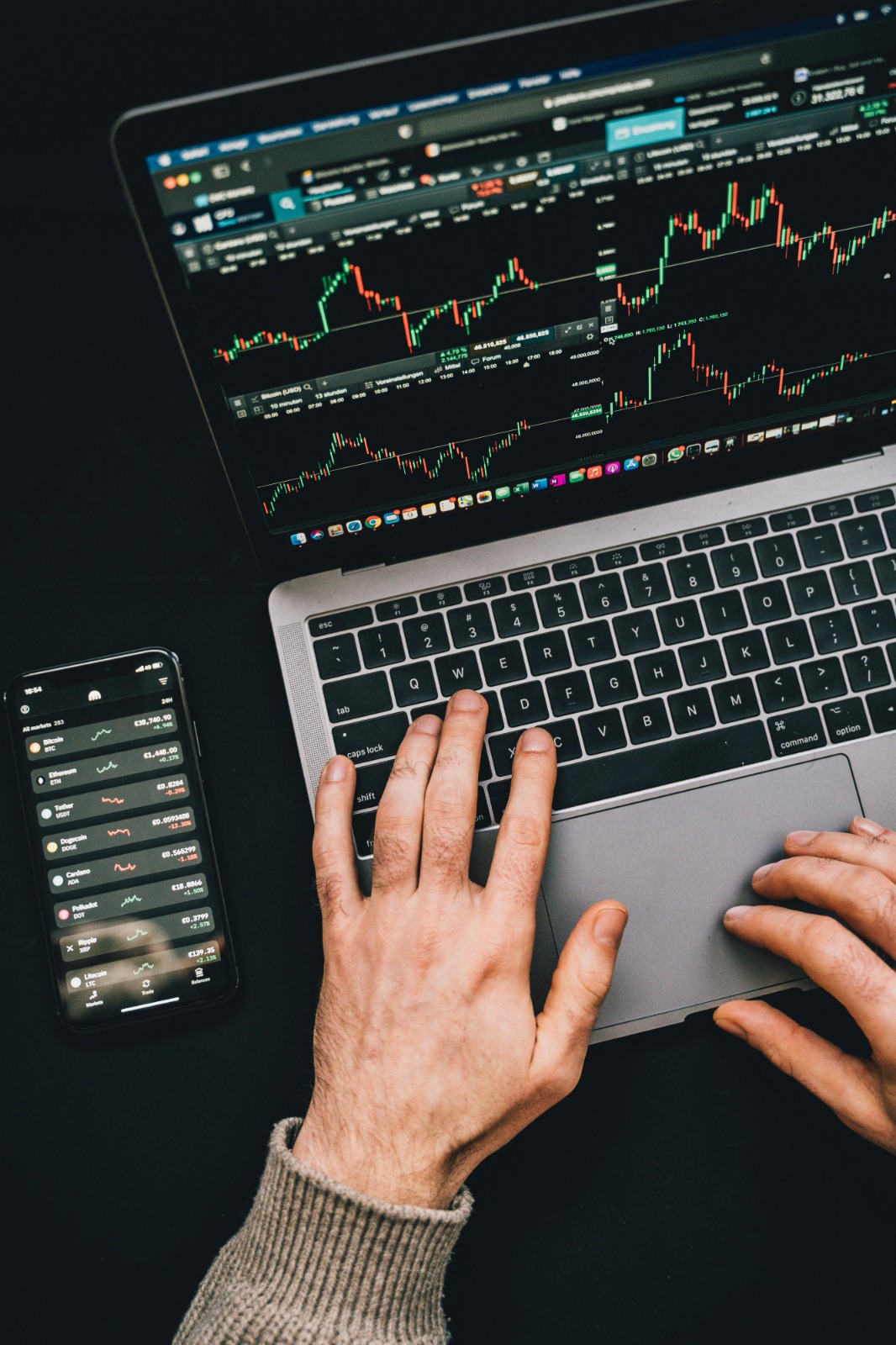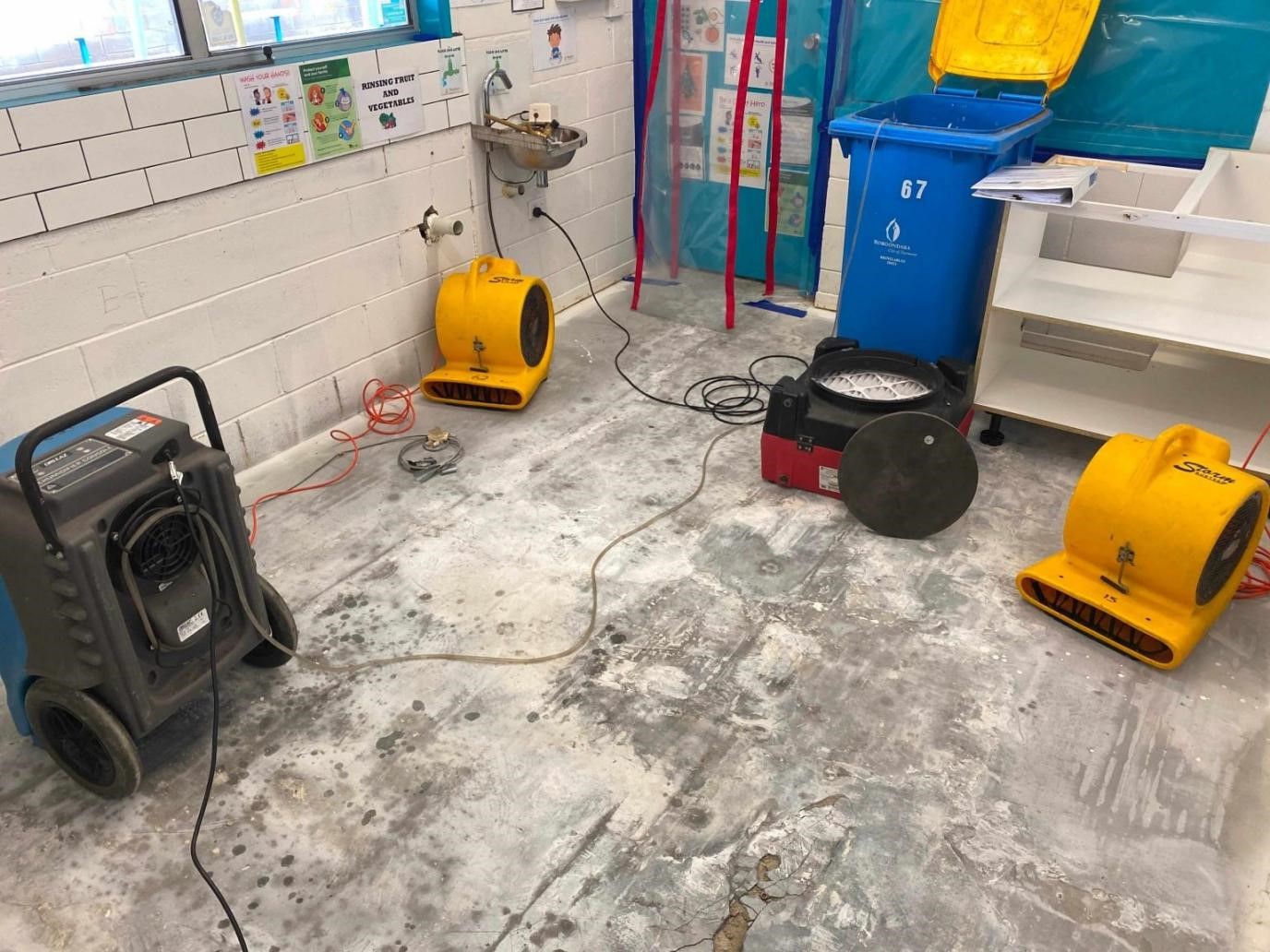When time is short, cleaning can feel like a race against the clock. However, hasty cleaning tool choices and rushed techniques can lead to unintended floor damage. This article aims to guide you through the process of effective and safe floor cleaning, minimizing floor maintenance risks and helping you avoid common cleaning mistakes.
Why Careful Cleaning Matters
Floors endure a lot of wear and tear. They accumulate dirt, grime, and spills, impacting indoor air quality and aesthetics. Cleaning aims to remove these contaminants, but the wrong approach can damage the floor’s surface, reducing its lifespan and appearance. Therefore, thoughtful cleaning tool choices and diligent techniques are essential.
Understanding Floor Damage Risks
Rushed cleaning often involves cutting corners on proper techniques or using inappropriate tools and chemicals. Some common risks include:
- Scratches and Abrasions: Using abrasive scrub pads or stiff-bristled brushes on delicate surfaces like hardwood or laminate can cause scratches and dull the finish.
- Water Damage: Excessive water from mopping can seep into seams and cracks in wood or laminate floors, leading to swelling, warping, or even mold growth.
- Chemical Damage: Harsh chemicals can strip away finishes, discolor the floor, or leave behind sticky residues.
- Slip and Fall Hazards: Improper cleaning can leave floors slippery, increasing the risk of slip and fall accidents.
- Reduced Slip Resistance: Failing to remove contaminants can increase slip hazards on hard floors, especially in high-traffic areas.
Making Better Cleaning Tool Choices
Selecting the right cleaning tools is crucial for preventing floor damage. Consider these points:
- Microfiber Mops: These mops are excellent for most floor types. They effectively trap dirt and dust without scratching the surface and require less water than traditional mops.
- Soft Bristle Brooms: Use soft-bristled brooms for sweeping to avoid scratching sensitive floor surfaces.
- Appropriate Scrub Pads: Choose non-abrasive scrub pads for removing stubborn stains or grime. Test a small, inconspicuous area first to ensure no damage occurs.
- Spray Mops: These mops provide controlled application of cleaning solution to prevent over-wetting. Use them with appropriate cleaning solutions from the “better” and “best” categories.
Safe Cleaning Techniques for the Time-Pressed
Even when rushed, you can prioritize safe and effective cleaning by adhering to these techniques:
Preparation is Key
- Clear the Area: Remove obstacles like furniture and rugs to access the entire floor surface.
- Sweep or Vacuum First: Remove loose dirt and debris before wet cleaning to prevent scratching.
- Read Product Labels: Always read and follow the manufacturer’s instructions for cleaning solutions.
- Prepare Your Solution: Mix the cleaning solution according to the label instructions.
- Leave Your Shoes at the Door: Reduce the amount of toxic contaminants dragged into your home by leaving your shoes at the door. If you can’t get your family to keep their shoes outside, the least you can do is get a really good mat where they can wipe the soles of their shoes on before you go inside the home.
Gentle Cleaning is Effective
- Apply Solution Sparingly: Use a spray bottle or a damp (not wet) mop to apply cleaning solution.
- Work in Small Sections: Focus on one area at a time to ensure thorough cleaning and prevent the solution from drying.
- Use Gentle Motions: Avoid excessive scrubbing, which can damage the floor’s surface. Let the cleaning solution do the work.
- Rinse if Necessary: If the cleaning solution leaves a residue, rinse the floor with clean water and a clean mop.
- Dry Thoroughly: Use a clean, dry mop or cloth to remove excess moisture and ensure the floor is completely dry.
- Open the Windows: It’s estimated that air quality inside the home is 2-5x more polluted than outside. Part of the reason for this is there is no natural wind system inside your home to blow contaminants away like outside. So contaminants get trapped indoors if the windows are not open daily. This is recommended even on cold days.
Addressing Specific Floor Types
Different floor types require specific cleaning approaches.
- Hardwood: Use a cleaner specifically designed for hardwood floors. Avoid excessive water and harsh chemicals.
- Laminate: Similar to hardwood, laminate floors are susceptible to water damage. Use a laminate floor cleaner and avoid soaking the floor.
- Tile: Tile floors are generally durable, but grout can be porous and stain easily. Use a tile and grout cleaner and scrub grout lines with a brush.
- Vinyl: Vinyl floors are water-resistant and easy to clean. Use a mild detergent or vinyl floor cleaner.
Understanding Toxic Ingredients
Avoid products with these:
- Fragrance or Perfume: Often conceals undisclosed ingredients, including endocrine disruptors like phthalates.
- PEGs or Polyethylene Glycol: May be contaminated with ethylene oxide and 1,4-dioxane, known human carcinogens.
- Sodium Lauryl Sulfate (SLS) & Sodium Laureth Sulfate (SLES): Can weaken skin defenses and cause irritation.
- Methylchloroisothiazolinone, Methylisothiazolinone, & Benzisothiazolinone: Common skin allergens and poisonous to aquatic life.
- Quats: May release formaldehyde, a known carcinogen.
- Polysorbates: Processed with ethylene oxide, potentially contaminated with 1,4-dioxane.
- Undisclosed alcohols: Toxicity is unknown due to lack of disclosure.
- Chemicals ending with -eth like Laureth-7: May be contaminated with 1,4-dioxane.
- Cocamidopropyl Betaine: A common allergen.
- Coal Tar Dye & Petroleum in Pretty Colors: May cause cancer, organ toxicity, and environmental harm.
Consider Steam Cleaning
Steam mops can be effective for cleaning and sanitizing floors without chemicals. However, they should be used with caution on hardwood and laminate floors to prevent water damage. Use the lowest steam setting and dry the floor thoroughly after cleaning.
Here are a few Steam Mops:
- ONE PLUS Steam Cleaner
- Dupray Tosca Commercial Steam Cleaner
- Dupray Hill Injection Commercial Steam Cleaner
The Role of Automation
Busy schedules often leave little time for household chores. Choosing a robot vacuum without wifi can simplify floor care by taking over daily cleaning routines. It frees up your time for other priorities while keeping your floors consistently maintained.
Conclusion
While a busy lifestyle may lead to time-pressed cleaning, it’s crucial to avoid rushing the process and instead make informed cleaning tool choices and follow appropriate techniques in order to prevent floor damage. By prioritizing gentle yet effective cleaning methods, using the right tools, and making informed cleaning chemical choices, you can maintain the beauty and longevity of your floors while minimizing the risk of damage. Remember, a little extra care goes a long way in ensuring your floors stay in great condition for years to come.








